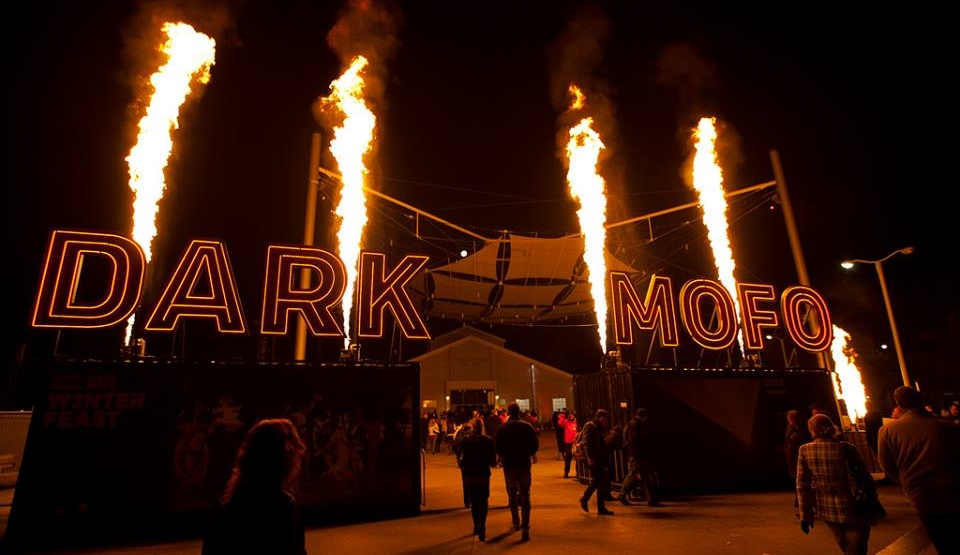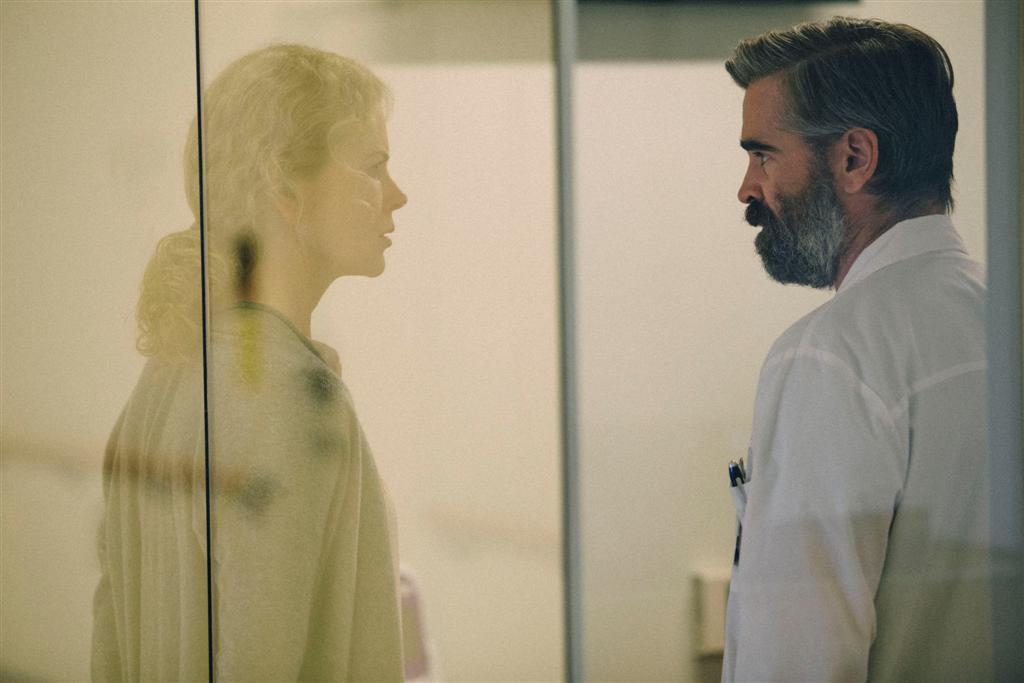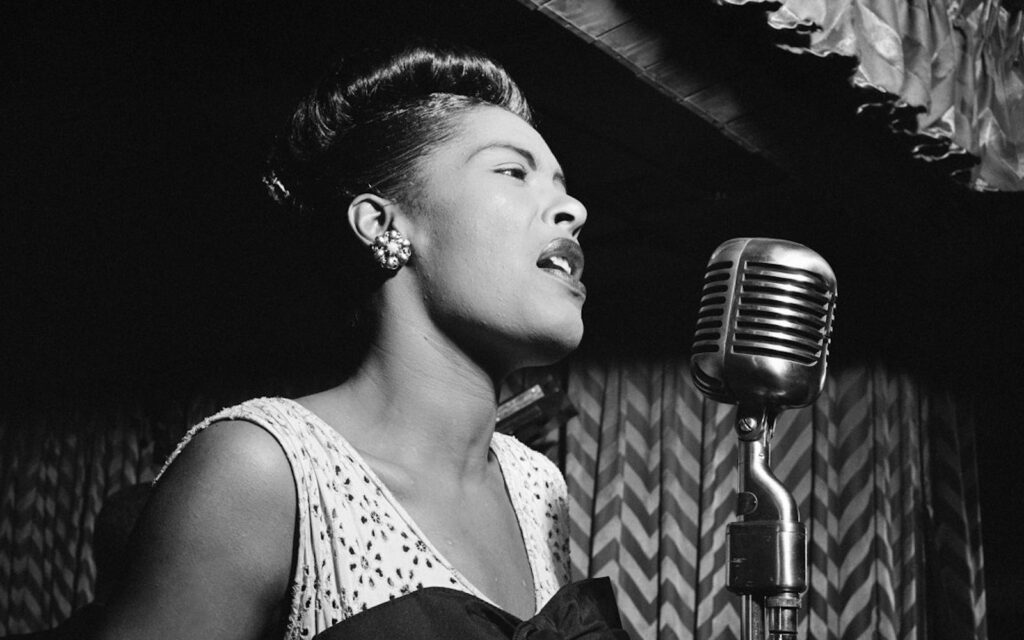Almost instantly after touchdown, we found ourselves Transliminal-ised.
By this, I mean we arrived at Transliminal, Dark Mofo’s dance headquarters, which embodied everything a club really should be. A widespread dancefloor, stacks of bass-heavy speakers and power selectors like Juliana Huxtable – who spun beat-thumping techno with echoes of trap music as a genre lubricant when hopping to and from.
While move-busting to Huxtable as the bass pulses breezed against us, we were hypnotised by the striking laser beams, slowly waving onto the crowd like a comforting blanket cradling us into the afterhours. Dark, gloomy and gripping? Absolutely. However, the lasers shaped into pounding hearts, and in an instant I felt romance peeking through Dark Mofo.
Come daylight, Hobart transformed into an imaginative jungle, open to any interpretation. Lucy Guerin’s Dark Chorus was first on our journey, performed at Theatre Royal which almost resembled a delicate children’s toy box draped in velvet. The performance of love, death and contemporary dance used mostly movement and sound to bear witness to the drama and tragedy of humanity.
We then wandered to Dark Park where installations brought lasers, arts and fire to life. The Sound of Silence being a short film – which to my joyful surprise was created by Nicholas Jaar’s father Alfredo Jaar – that shared a touching story behind the Pulitzer Prize winning photograph The Vulture and the Little Girl, which was taken during the Sudanese famine. Projected inside a vivid art installation, the film shows only text, like we were watching a novel being told. Another installation that had me captivated for far longer than expected was Iy_Project by Christ Levine, being a sole hanging cross with passionate and intense red lasers beaming from its entirety. While we stare, sounds from Rob Del Naja (Massive Attack) blissfully fill the background. I felt not horror nor fear as expected, but more warmth, depth and at times butterflies in my stomach.
Dark Park was a hot topic of much conversation throughout the festival as it was the grounds Austrian artists Hermann Nitsch exhibited his Australian exclusive 150.Action. The piece was a bloody, sacrificial ritual performed by the patriarch of Viennese Actionism, his devoted disciples and an orchestra. There’s far too much to be discussed about 150.Action to give means in such a short review; however I strongly recommend looking into it.
Moving into the night, we experienced arguably the top exhibition of Dark Mofo – Welcome Stranger, which invites you to three locations where you’re free to explore their undefined offerings for as long as you like. Whether that was venturing behind closed doors and hotel rooms, finding secret karaoke stages, playing tennis or dancing with the Senegambian Jazz Band, you left feeling as if you’d had a spontaneously fun night out that’d been loosely curated by quirky artists with ideas to share. You might’ve even found yourself in a chapel turned dancefloor unknowingly receiving an eco-sexual massage buried under a mound of bath salts and hot rocks. ‘How did I get here?’ You ask. Nobody was really sure, but you simply carried on to the next experience as if this was normal life now.
Slowly rising the next morning and after emptying the last of the bath salts from my converses, we hurried on down to the harbour to travel by sea to the museum. As always, Mona pushed our thoughts and feelings in directions towards a great place of inspiration. However, this time around Mona brought the everyday element to its prestigious art-space through the The Museum of Everything. This particularly vibrant exhibition exhibited artwork from the non-artist, like you and I, exposing our capabilities and most admirably removing the intimidation that comes with it.
Of course there are the finer details to Dark Mofo that I am yet to mention, like the underground art spaces off the beaten track, the hypnotic siren that signalled each sunrise and sunset, and the fresh oysters by the harbour. However, what I wish to truly depict is how well curated Dark Mofo was, to the point where you felt absolutely no curation at all. Like you have taken a step back from normalcy, a step forward into the unexpected, and have somehow arrived in David Walsh’s utopian universe exempting darkness, gloom, heavens, hells and at times, a sweet touch of romance.







